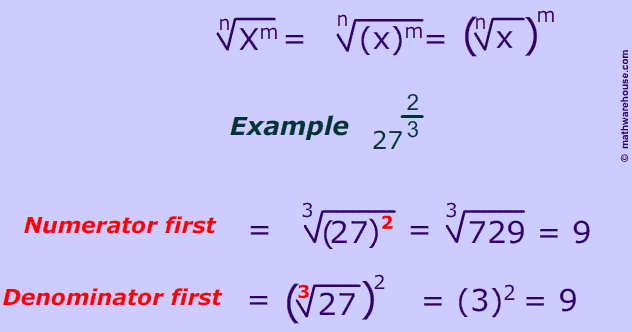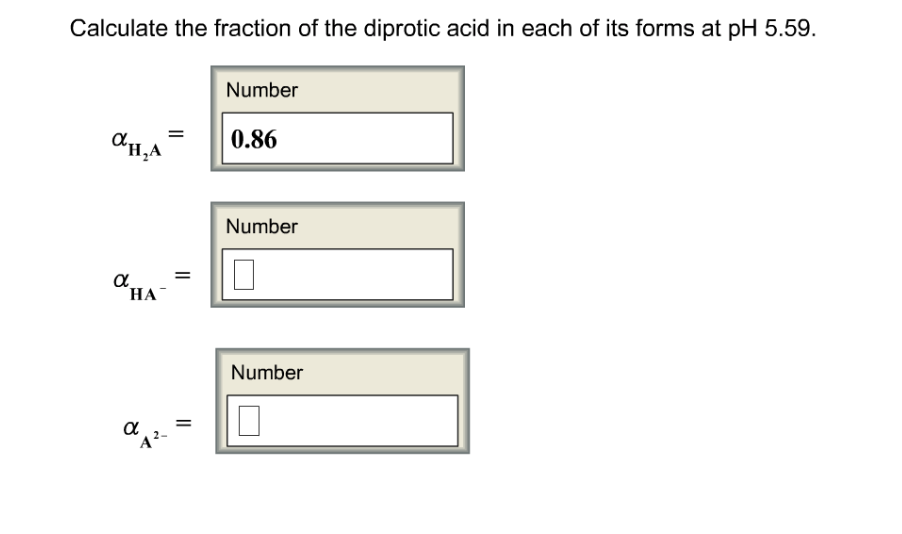
The following Sales table measure definition produces a ratio of sales over sales for all sales channels. A new filter is added to the Product table Color column-or, the filter overwrites any filter that's already applied to the column. The CALCULATE function evaluates the sum of the Sales table Sales Amount column in a modified filter context. The following Sales table measure definition produces a revenue result, but only for products that have the color blue.Įxamples in this article can be used with the sample Adventure Works DW 2020 Power BI Desktop model.

This function is not supported for use in DirectQuery mode when used in calculated columns or row-level security (RLS) rules. Note that when a model measure is used in row context, context transition is automatic. This scenario can happen in a calculated column formula or when an expression in an iterator function is evaluated. It's required when an expression (not a model measure) that summarizes model data needs to be evaluated in row context. It transitions row context to filter context. The CALCULATE function used without filters achieves a specific requirement. If the columns (or tables) are already in the filter context, the existing filters will be overwritten by the new filters to evaluate the CALCULATE expression.If the columns (or tables) aren't in the filter context, then new filters will be added to the filter context to evaluate the expression.For each filter expression, there are two possible standard outcomes when the filter expression is not wrapped in the KEEPFILTERS function: When filter expressions are provided, the CALCULATE function modifies the filter context to evaluate the expression. The value that is the result of the expression. If the REMOVEFILTERS function is supported by your tool, it's better to use it to remove filters. Modify filter direction (from both to single, or from single to both) or disable a relationship.ġ The ALL function and its variants behave as both filter modifiers and as functions that return table objects. Remove filters from one or more columns, or from all columns of a single table.Īdd filter without removing existing filters on the same columns.Įngage an inactive relationship between related columns, in which case the active relationship will automatically become inactive. Remove all filters, or filters from one or more columns of a table, or from all columns of a single table. They provide you with additional control when modifying filter context. Filter modifier functionsįilter modifier functions allow you to do more than simply add filters. You can use the FILTER function to apply complex filter conditions, including those that cannot be defined by a Boolean filter expression. It could be a reference to a model table, but more likely it's a function that returns a table object. 'Sales' = MAX ( 'Sales' )Ī table expression filter applies a table object as a filter. They can contain an aggregation function that returns a scalar value.They cannot use functions that scan or return a table unless they are passed as arguments to aggregation functions.


They cannot use a nested CALCULATE function.īeginning with the September 2021 release of Power BI Desktop, the following also apply:.They can reference columns from a single table.

There are several rules that they must abide by: Boolean filter expressionsĪ Boolean expression filter is an expression that evaluates to TRUE or FALSE. When there are multiple filters, they can be evaluated by using the AND (&) logical operator, meaning all conditions must be TRUE, or by the OR (||) logical operator, meaning either condition can be true. The expression used as the first parameter is essentially the same as a measure. (Optional) Boolean expressions or table expressions that defines filters, or filter modifier functions. It performs exactly the same functionality, except it modifies the filter context applied to an expression that returns a table object. Hence, Nupur’s working hours were 31.2% lower in January than in the month of December.There's also the CALCULATETABLE function.
OPENOFFICE CALCULATE FRACTION OF SECOND HOW TO
In this chapter we will learn how to find the Percentage of Marks. In other words, anything out of a hundred becomes a Percentage that means a fraction with denominator 100 can be called a Percentage. Suppose out of 100 students 12 students were absent, then we say 12% of the students were absent. A Percentage is a number that is used to represent a part of 100.Ī Percentage is more like a fraction. The word Percentage is derived from the Latin word “Percentum”, which means “per hundred”.


 0 kommentar(er)
0 kommentar(er)
